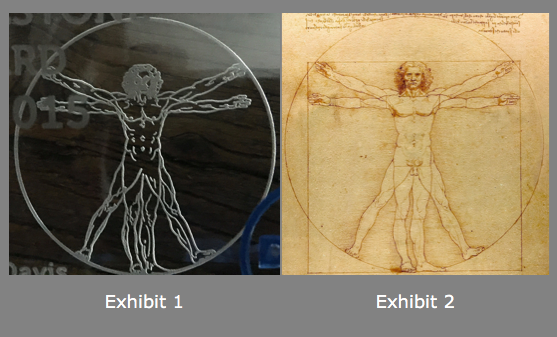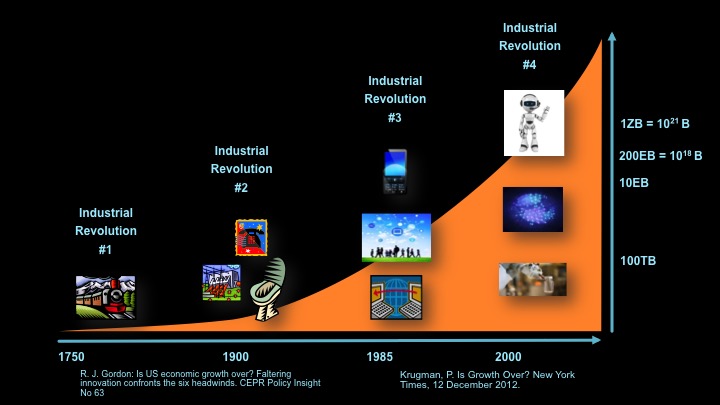I just received an award from my employer for getting more than five patents through the patent committee this year. Since I’m a member of the committee, it was easy enough. Just kidding: I was not, of course, allowed to vote on my own patents. The award I received leaves a bit to be desired, however. First, I have to say that it is a well-crafted glass block about 4″ x 3″ and has the kind of heft to it that would make it invaluable as a weapon in a game of Clue. That being said, I give you Exhibits 1 and 2:
Exhibit 1 is a cell-phone snap through the glass surface of my award at Leonardo da Vinci’s famous Vitruvian Man, so named because it was a tribute to the architect Vitruvius—or so Wikipedia tells me. Exhibit 2 is an image of the original sketch by da Vinci, also borrowed from Wikipedia.
And now, with only minimal scrutiny, my dear reader can see the fundamental problem in the borrowing and translation of old Vitruvius. While Vitruvius was deeply enamored of a sense of symmetry to the human body, and da Vinci took that sense of wonder as a basis for drawing his figure, we can rightly believe that the presence of all anatomical parts of the man was regarded as essential for the accurate portrayal of man’s elaborate architecture.
My inventions now seem somehow neutered and my sense of wonder castrated by this lesser man, no matter what the intent of the good people in charge of the production of the award. I reflect on their motivations in light of recent arguments concerning the proper role of the humanities in our modern lives.… Read the rest







